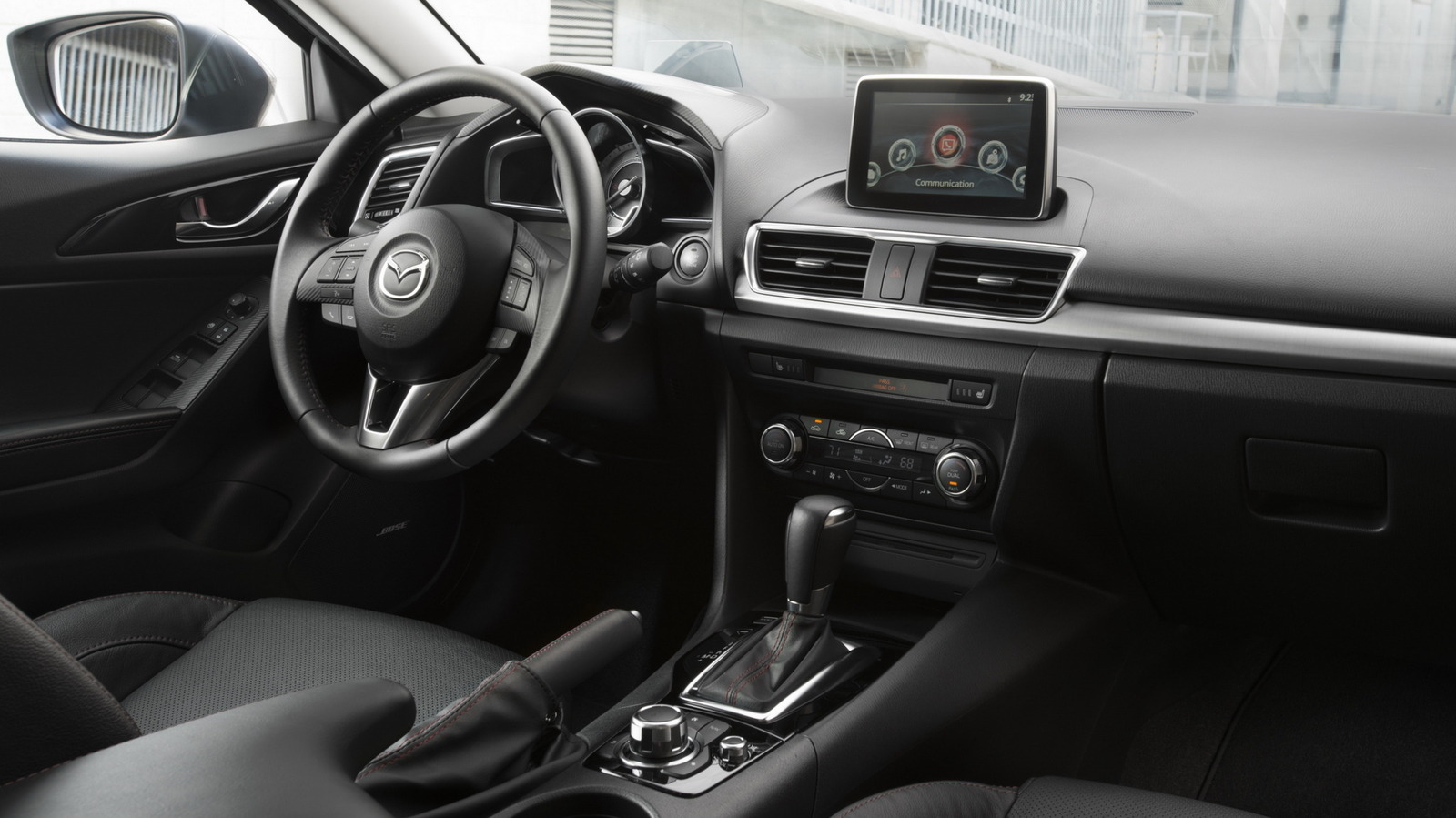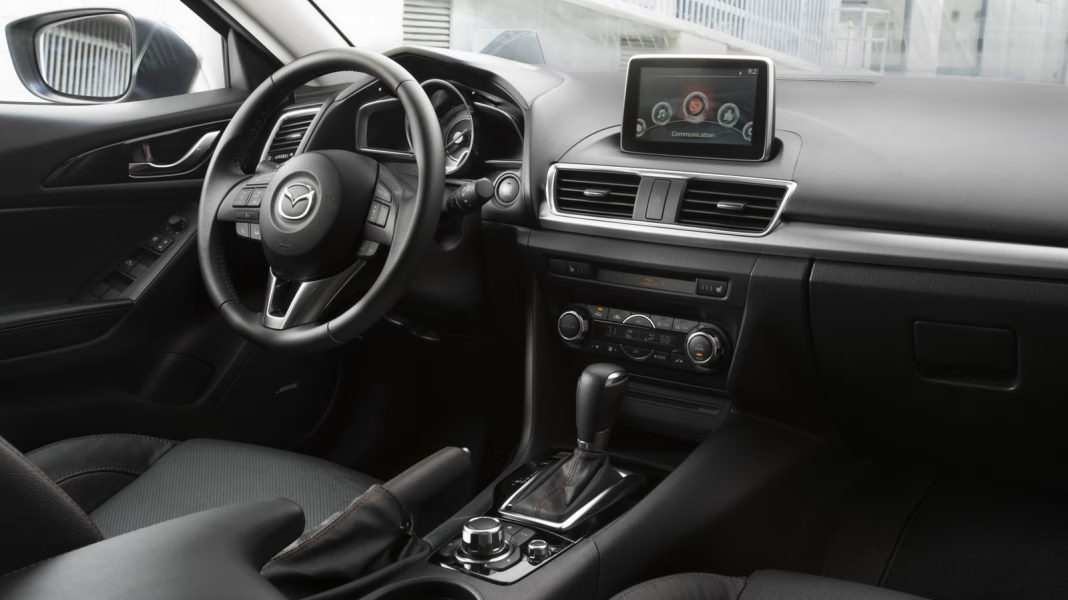Mazda Connect has been a hot topic among car enthusiasts and everyday drivers alike, mainly due to its navigation system. If you’ve ever found yourself frustrated with a car’s infotainment system, you’re not alone. Mazda’s SD card-based navigation system has drawn its fair share of criticism, primarily for not playing nicely with the onboard software. Let’s dive into what this means for drivers and how it affects the overall experience of owning a Mazda.
What’s the Deal with Mazda’s Navigation System?
At the heart of the issue is the reliance on an SD card for navigation. While this might seem like a straightforward solution, it has led to a slew of problems. Many users reported that the system would freeze, crash, or simply fail to recognize the SD card altogether. Imagine driving in an unfamiliar area, relying on your navigation, only to find it’s not working. Frustrating, right?
This isn’t just a minor inconvenience; it can be a safety concern, too. Drivers depend on navigation systems to guide them through new routes, and when that system falters, it can lead to distractions or even dangerous situations. The complaints have been loud enough to spark a major lawsuit, highlighting the dissatisfaction among Mazda owners.
Why Does This Matter?
You might wonder why a navigation system issue is worth all this fuss. Well, in today’s tech-savvy world, a car’s infotainment system is often as important as its engine. It’s about connectivity, convenience, and, let’s face it, a bit of luxury. Consumers expect their vehicles to come equipped with reliable technology that enhances their driving experience. When that expectation isn’t met, it can tarnish the brand’s reputation.
Moreover, the lawsuit isn’t just about the inconvenience; it raises questions about accountability and customer service. If a company sells a product that doesn’t perform as promised, should they be held responsible? This case could set a precedent for how automakers handle software issues in the future.
What Are the Alternatives?
If you’re considering a Mazda or already own one, you might be wondering what your options are. First off, if your navigation system isn’t working as it should, check for software updates. Sometimes, manufacturers release patches to fix these kinds of bugs.
Another option is to use your smartphone for navigation. Many drivers have turned to apps like Google Maps or Waze, which often provide real-time updates and traffic information. While it may not be as integrated as a built-in system, it’s a reliable alternative that many find more user-friendly.
Looking Ahead: What’s Next for Mazda?
Mazda is aware of the backlash and is likely working on improvements. The company has been known for its commitment to quality and innovation, so it’s reasonable to expect that they’ll address these issues head-on. Future models may feature upgraded infotainment systems that rely less on SD cards and more on seamless software integration.
The big takeaway? Mazda Connect’s navigation woes aren’t just about a faulty system—they reflect a broader expectation for technology in our vehicles. As automakers continue to innovate, the focus will likely shift toward creating more reliable, user-friendly systems. If you’re experiencing issues, don’t hesitate to reach out to Mazda’s customer service or explore alternative navigation solutions. Start with one change this week, and you’ll likely spot the difference by month’s end.


